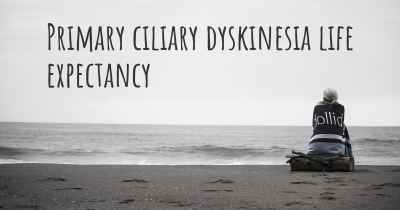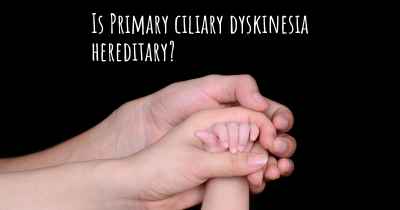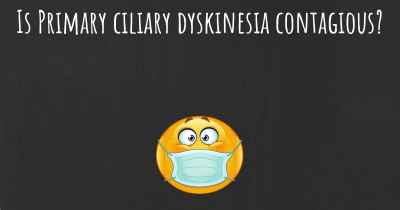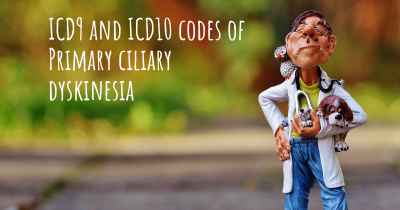Can people with Primary ciliary dyskinesia work? What kind of work can they perform?
See how people with experience in Primary ciliary dyskinesia give their opinion about whether people with Primary ciliary dyskinesia can work and what kind of jobs are more appropriated for people with Primary ciliary dyskinesia
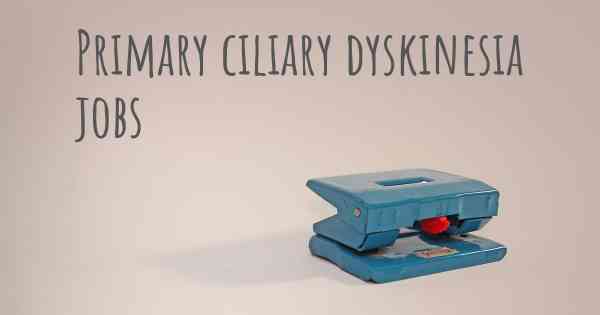
Primary ciliary dyskinesia (PCD) is a rare genetic disorder that affects the function of cilia, which are tiny hair-like structures found on the surface of cells in various parts of the body. These cilia play a crucial role in moving mucus, bacteria, and other foreign particles out of the respiratory tract, reproductive system, and other organs. Individuals with PCD often experience chronic respiratory infections, sinusitis, and fertility issues due to impaired ciliary function.
When it comes to work, the ability of individuals with PCD to perform certain tasks largely depends on the severity of their symptoms and the impact of the condition on their daily lives. PCD is a highly variable disorder, and its symptoms can range from mild to severe. Some individuals may experience minimal respiratory symptoms and have a relatively normal life, while others may have more significant respiratory impairments that can limit their ability to work.
It is important to note that each person with PCD is unique, and their capabilities and limitations should be assessed on an individual basis. Some individuals with mild PCD may be able to work in a wide range of professions without significant limitations, while others with more severe symptoms may require certain accommodations or adjustments in their work environment.
For individuals with mild to moderate PCD, a variety of career options may be suitable, depending on their personal interests, skills, and abilities. Here are some examples of potential work options:
- Office-based jobs: Many individuals with PCD can excel in office-based roles that involve administrative tasks, data entry, customer service, or project management. These jobs typically have a lower physical demand and can be adapted to accommodate any respiratory limitations.
- Computer programming and software development: PCD does not typically affect cognitive abilities, so individuals with PCD who have an aptitude for programming and software development can pursue careers in these fields. These jobs often allow for flexible working arrangements and can be done remotely, reducing exposure to potential respiratory irritants.
- Writing and content creation: Individuals with PCD who have strong writing skills can explore careers in content creation, copywriting, journalism, or freelance writing. These professions often offer flexibility in terms of working hours and can be done from home or in environments with minimal respiratory triggers.
- Teaching and education: Some individuals with PCD may find fulfillment in teaching or working in educational settings. With appropriate accommodations, such as reduced exposure to allergens or irritants, individuals with PCD can pursue careers as teachers, tutors, or educational administrators.
- Research and laboratory work: PCD is a condition that can benefit from ongoing research and scientific advancements. Individuals with PCD who have a passion for scientific inquiry can contribute to the field by pursuing careers in research, laboratory work, or clinical trials. These roles often involve minimal exposure to respiratory irritants and can be tailored to accommodate individual needs.
It is important for individuals with PCD to communicate openly with their healthcare providers, employers, and colleagues about their condition and any specific accommodations they may require. This can help create a supportive work environment that allows individuals with PCD to thrive and contribute to their chosen profession.
Ultimately, the ability of individuals with PCD to work depends on the severity of their symptoms, the impact on their daily functioning, and the specific demands of their chosen profession. While some individuals may need to make adjustments or accommodations, many people with PCD can lead fulfilling and productive work lives in a variety of fields.
Posted Mar 6, 2017 by pcdwhat 1100
